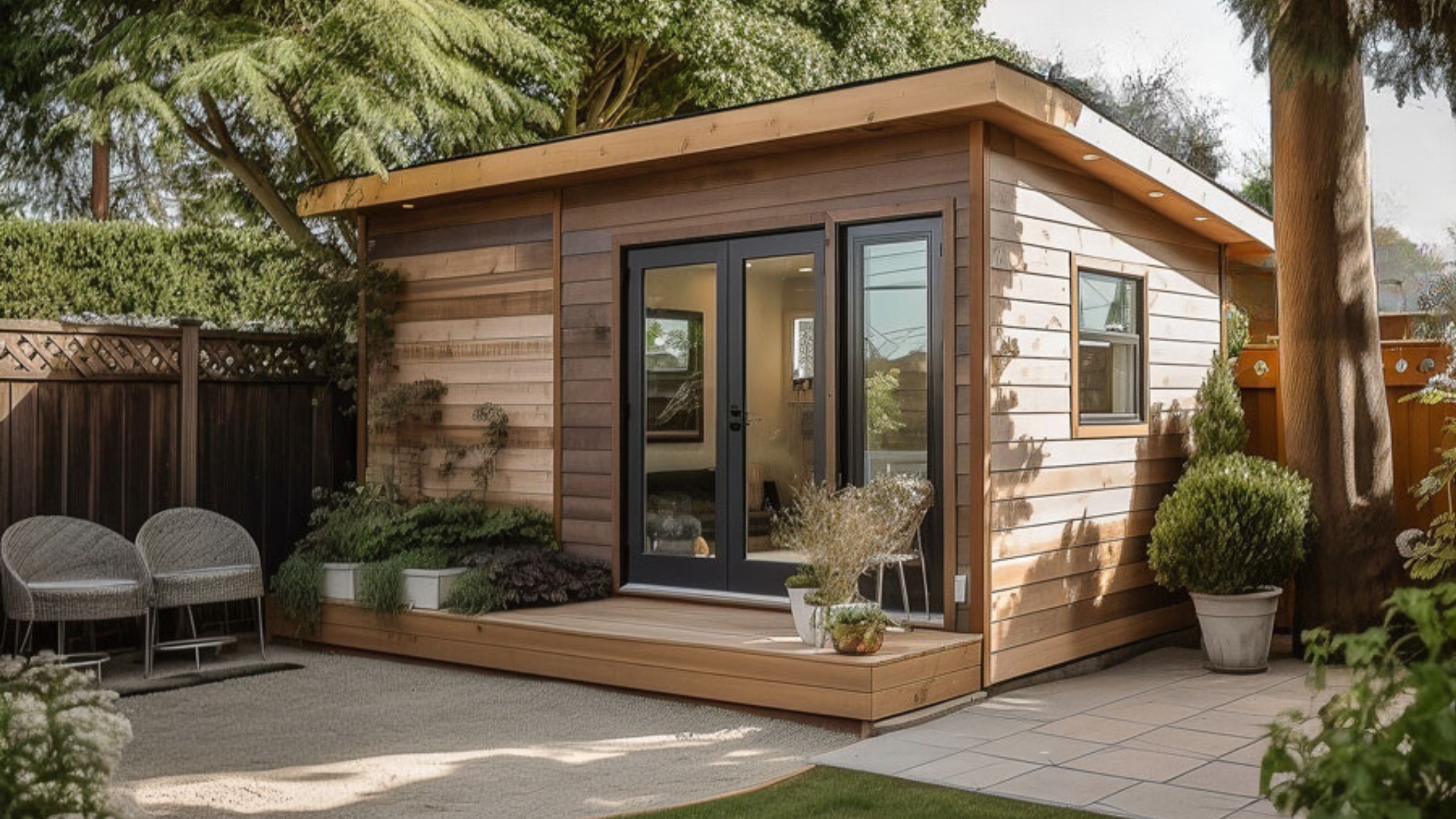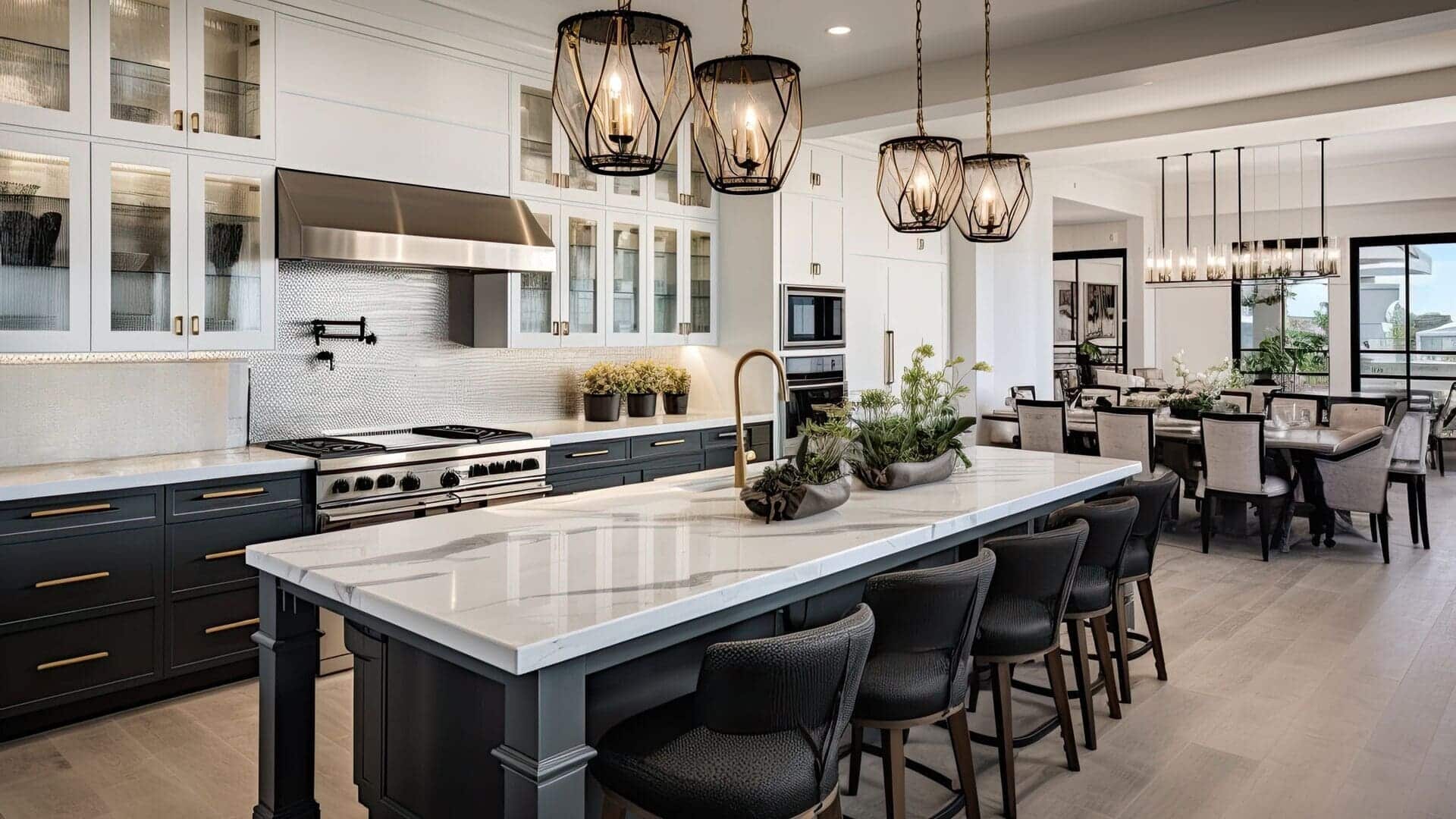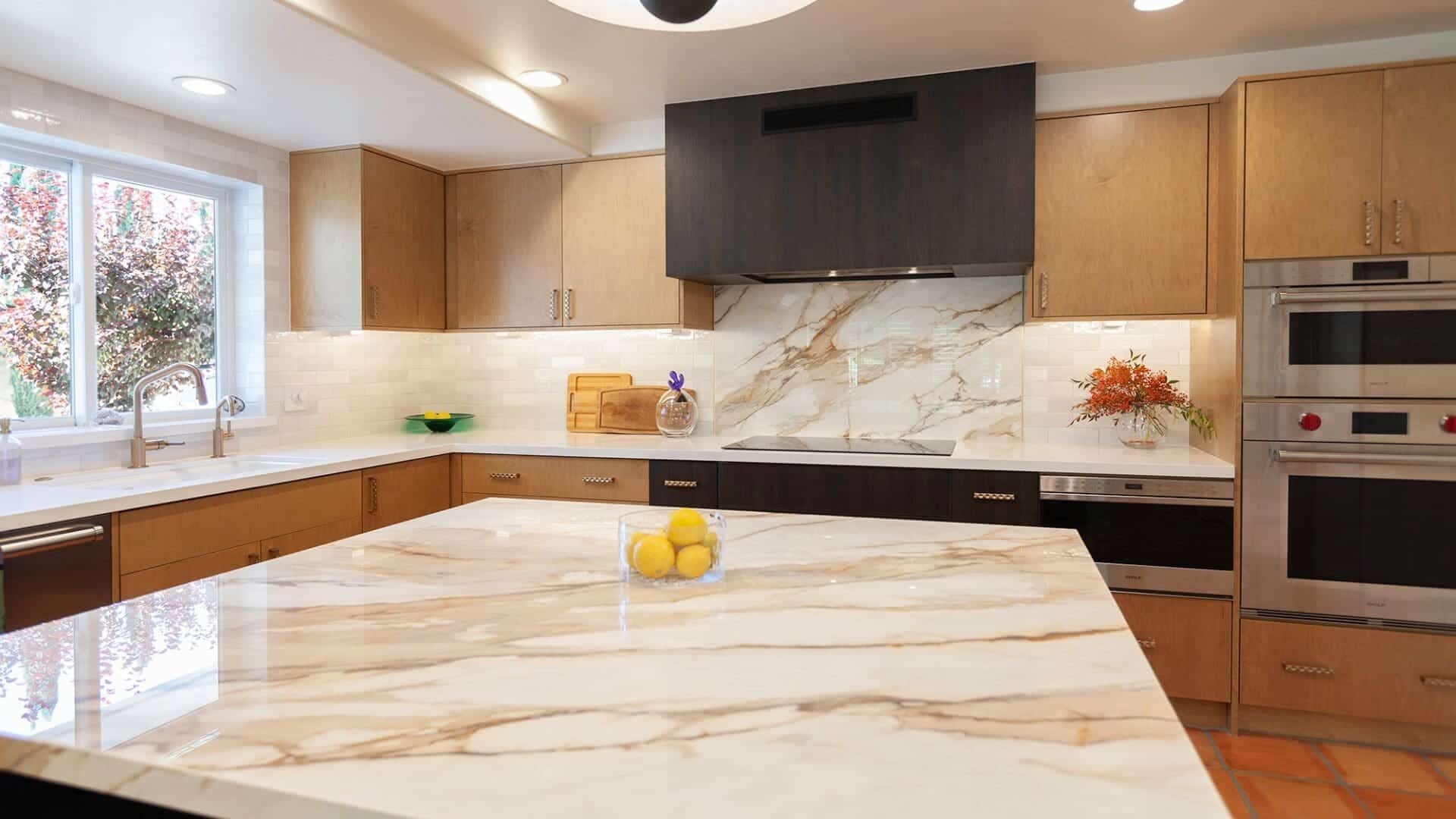A bathroom remodel is more than just a cosmetic upgrade; it’s an investment in comfort, functionality, and property value. Whether you’re aiming for a spa-like retreat or a practical family-friendly space, these key considerations will guide you towards creating a bathroom that perfectly suits your needs and style.
Understanding Your New Bathroom’s Space and Needs
Assess the Existing Layout: Consider the bathroom’s size, shape, and natural light. Determine if you want to keep the current layout or explore alternative configurations.
Define Your Needs: Identify the primary functions of the bathroom. Will it be a family hub, a private sanctuary, or a combination of both? This will influence fixture selection, storage requirements, and overall design aesthetic.
Set a Budget: Establish a realistic budget to guide material and fixture choices. Prioritize features that align with your goals and allocate funds accordingly.
Creating a Functional and Stylish Layout
Optimize Space: Even small bathrooms can feel spacious with careful planning. Consider incorporating built-in storage, corner shelves, and vertical space utilization.
Prioritize Accessibility: Incorporate elements like grab bars, non-slip surfaces, and walk-in showers to make the bathroom accessible for all users.
Balance Form and Function: Choose fixtures and finishes that complement your style while considering their practicality. A beautiful bathroom should also be easy to maintain.
Material and Fixture Selection
Invest in Quality: High-quality materials and fixtures not only enhance the bathroom’s appearance but also increase its longevity.
Consider Maintenance: Choose materials that are easy to clean and maintain, especially for high-traffic areas like countertops and floors.
Create a Cohesive Look: Select materials and finishes that complement each other to create a harmonious and visually appealing space.
Lighting and Ventilation
Layer Lighting: Combine ambient, task, and accent lighting to create a versatile and inviting atmosphere.
Prioritize Natural Light: Maximize natural light with windows or skylights. Use translucent or frosted glass to maintain privacy.
Ensure Proper Ventilation: Install exhaust fans to prevent moisture buildup and maintain air quality.
Storage Solutions
Maximize Storage: Utilize every available inch with built-in cabinets, drawers, and shelves.
Consider Hidden Storage: Incorporate hidden storage solutions like under-sink organizers and medicine cabinet shelving.
Keep it Organized: Use baskets, bins, and dividers to maintain a clutter-free space.
Creating a Relaxing Atmosphere
Incorporate Nature: Bring the outdoors in with natural materials, plants, or nature-inspired decor.
Choose a Soothing Color Palette: Create a calming ambiance with soft, neutral colors or incorporate accent colors for a touch of personality.
Add Personal Touches: Incorporate personal items like artwork, scented candles, or plush towels to create a space that reflects your style.
By carefully considering these factors and working with a skilled designer or contractor, you can transform your bathroom into a luxurious and functional oasis that enhances your daily life.
Designing Your Dream Bathroom with Homework Remodels
We understand that a bathroom remodel is a significant undertaking. It’s a space where you start and end your day, a place of relaxation and rejuvenation. We know the excitement and potential overwhelm that comes with envisioning a space that perfectly reflects your lifestyle.
At Homework Remodels, we specialize in turning bathroom dreams into reality. Our award-winning design team is committed to collaborating with you to create a bathroom that is as functional as it is beautiful. From conceptualizing the ideal layout to selecting the perfect finishes, we offer expert guidance every step of the way.
Our team of skilled craftsmen brings your vision to life with meticulous attention to detail. We take pride in our ability to deliver exceptional results that exceed expectations.
To make the remodeling process as seamless as possible, we offer comprehensive services. From initial design consultation to final installation, we handle every aspect of your project.
We believe your home is your sanctuary, and we treat it as such. Open communication, transparency, and exceptional customer service are the cornerstones of our business.
Ready to transform your bathroom? Let Homework Remodels help you create the space you’ve always imagined. Contact us here.









